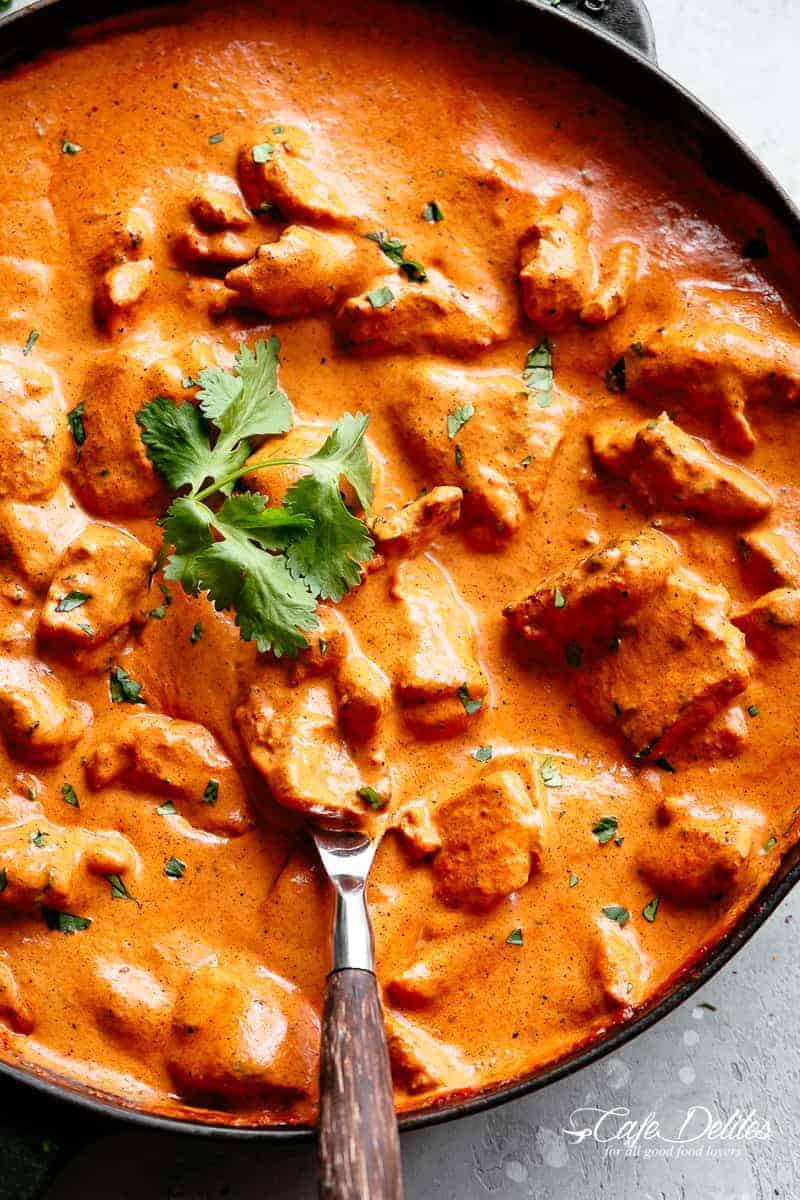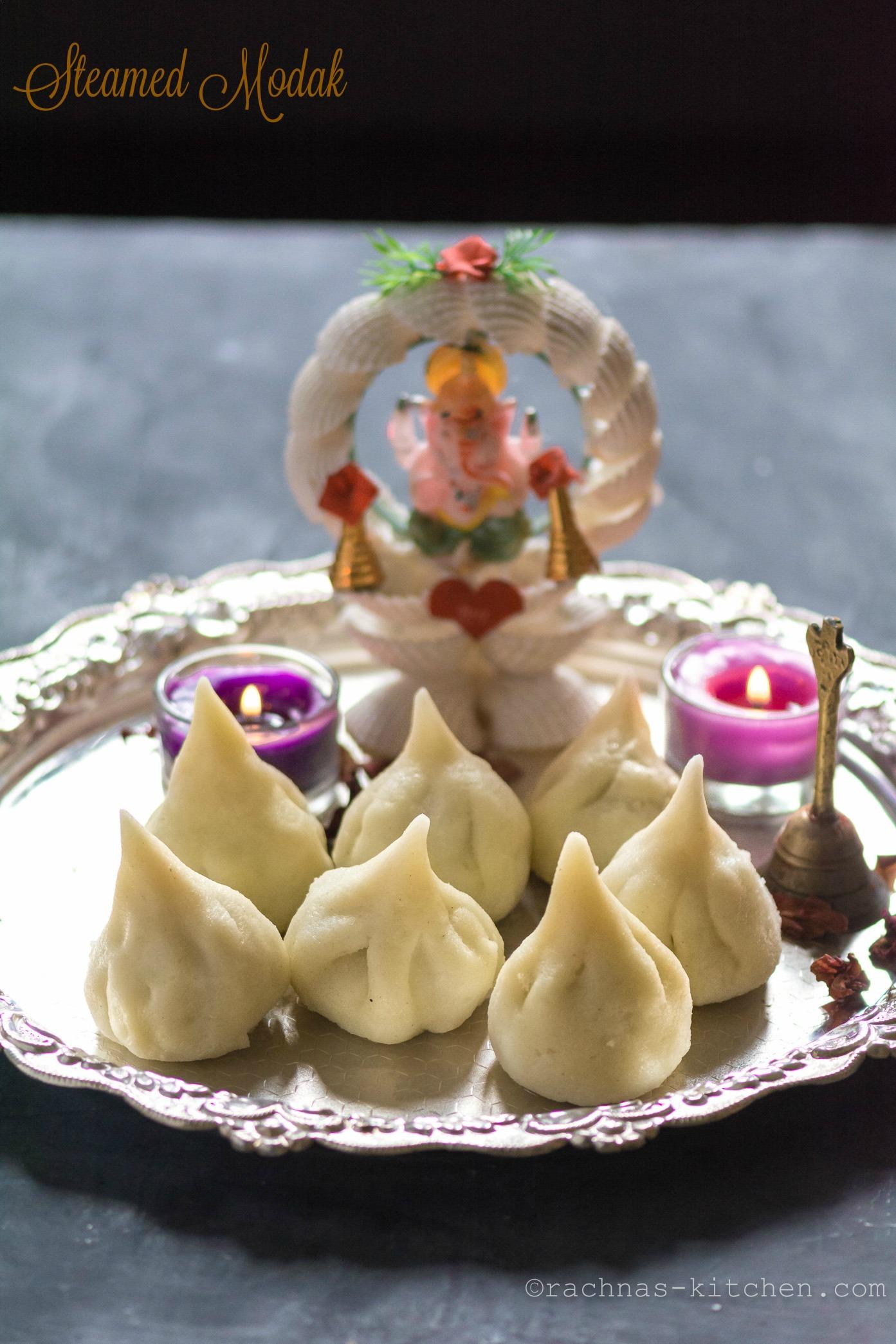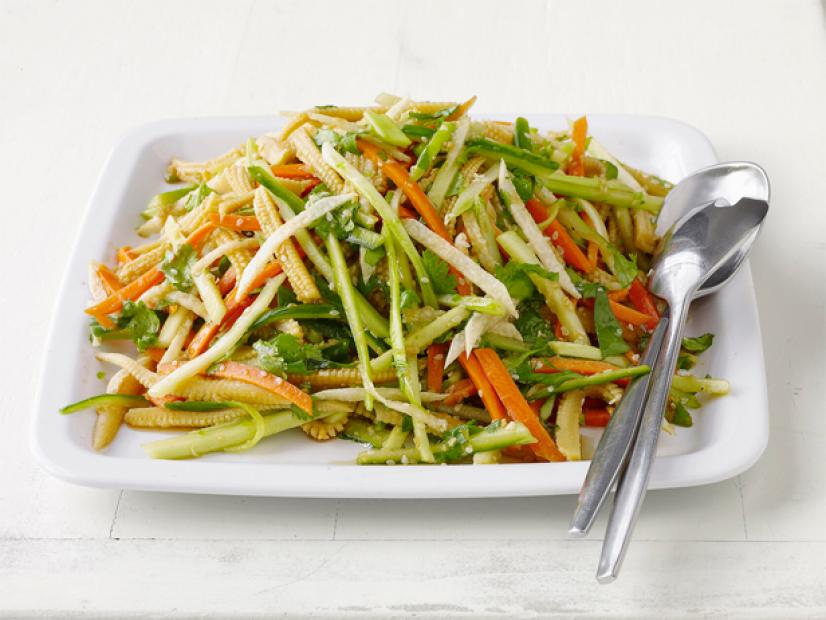Gulab jamun. Those fried dough balls dipped in
the super sweet chashni are just to die for. Some enjoy this delicacy with ice
cream, others with rabri, and some as it is. But have you ever wondered how
gulab jamun would taste in a sabji? Difficult to imagine, isn’t it? But a dish
in Rajasthan does this job for you! The Gulab Jamun ki sabji from Jodhpur is an
absolutely delicious and unusual take on this sweet, and adds a new dimension
of flavours to it.
A savoury gulab jamun, with a rich gravy, this
dish is quite popular in the Jodhpur region. It is one of the most delicious
vegetarian Rajasthani delicacies.


The Gulab jamun balls are made with khoya and
maida. Sometimes, to add a more savoury flavor, paneer is used. To add some richness and typical Rajasthani
flavor, sometimes rose water is added too. Like the usual gulab jamun, these
are then fried till golden brown. These are not dipped in the sugar syrup
(chashni).
The gravy is actually a typical yogurt-based
gravy. The special thing about this recipe is the use of desi ghee, which makes
it extra yummy and adds a special desi touch to it. The main ingredients in the
gravy include onions, ginger garlic paste and curd. The spices are the usual
cumin, red chilli, dhaniya, haldi, garam masala, lemon juice and some fresh
coriander leaves as a garnish. If you like the tangy tomato, then you can add some
tomato puree too. The spices, along with some maida are typically whisked into
dahi.
There are a lot of variations in this recipe.
Some like the usual yogurt curry, others like the tomato-onion gravy, and some
like cashew gravy, which is quite rich. So it depends on you which one you
like, and you can accordingly use that one.
This dish is closest to kofta perhaps, but it
has khoya and so it is richer. These balls are still slightly sweet. The Gulab
Jamun ki sabji is a great way to experiment with gulab jamun. It will
definitely add a new take on this dish. So enjoy this lovely dish soon!






